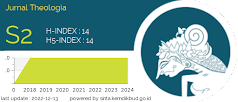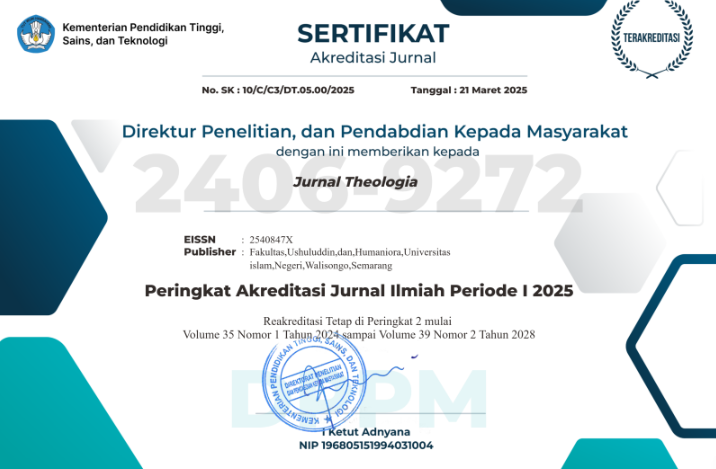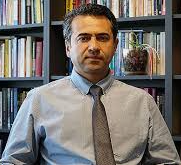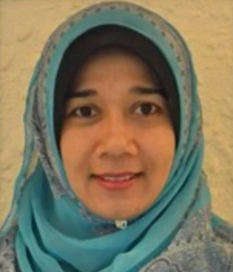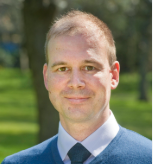MOBILITAS MURSYID CUM-AKTIVIS DALAM TRADISI TAREKAT
DOI:
https://doi.org/10.21580/teo.2019.30.2.3647Keywords:
murshid, mobility, activist, tarekatAbstract
This article elaborates on the role and movement of murshid as an informal institution in the tarekat, which is at the same time an integral part of the Sufism tradition. By using a socio-historical approach, this article identifies the intellectual movement of murshid in reproducing and reformulating strong beliefs as a connector of scientific transmission traditions (sanad), which are convened into two categories. First, the movement that interprets murshid activism in terms of their personal characteristics, such as their thoughts that play its function in regulating some religious aspects, especially as a reference for the followers. Second, the musrhid movement that links a structure into social functions, for example creating, disseminating, and carrying out culture. Murshid in this category is identified as the holder of scientific sanad that have vertical mobility to save the world so that it does not become a prison for individuality. This category of murshid charisma can be the foundation of the followers of the tarekat to avoid a lot of false information, the spread of hoax news from social media, and various other noises in this post-truth era.Downloads
References
Ali, Mubarak. The Ulema, Sufis, and Intellectuals. Lahore: Fiction House, 2005.
Aqib, Abduloh Kharisuddin. “Kriteria dan Persyaratan Seorang Mursyid.” Metafisika Center, 2018. http://www.metafisika-center.org/2018/03/wali-mursyid.html.
Arberry, A. J. Sufism: An Account of the Mystics of Islam. New York: Routledge, 1950.
Arberry, A. J. The Doctrine of The Sufis. Cambridge: Cambridge University Press, 1935.
Atjeh, Aboebakar. Pengantar Ilmu Tarekat (Uraian tentang Mistik). Solo: Ramadhani, 1985.
al-Bāqī, Muḥammad Fu’ād ‘Abd. al-Mu‘jam al-Mufahras li Alfāẓ al-Qur’ān al-Karīm. Kairo: Dār al-Ḥadīth, 1364.
Bruinessen, Martin van. “Tarekat dan Politik.” Pesantren, 1992.
Burke, P. A Social History of Knowledge: From Gutenberg to Diderot. Cambridge: Cambridge University Press, 2000.
Clark, Stuart. Thinking with Demons: The Idea of Witchcraft in Early Modern Europe. Oxford, New York: Oxford University Press, 1999.
Cook, Hannah L. “Liability: Avoiding the Lanham Act and the Right of Publicity on Social Media.” The University of Chicago Law Review 83, no. 1 (2016): 457–502.
Dallal, Ahmad S. “Sufism, Old and New: The Multiple Faces of the Spirit.” Dalam Islam without Europe: Traditions of Reform in Eighteenth-Century Islamic Thought, 94–139. Chapel Hill: University of North Carolina Press, 2018. https://doi.org/10.5149/northcarolina/9781469641409.003.0004.
Daya, Burhanuddin. Agama Dialogis Merenda Dialektika Idealitas dan Realitas Hubungan Antar Agama. Yogyakarta: LKiS, 2004.
Dudung, Abdurrahman. “Gerakan Sosial-P

